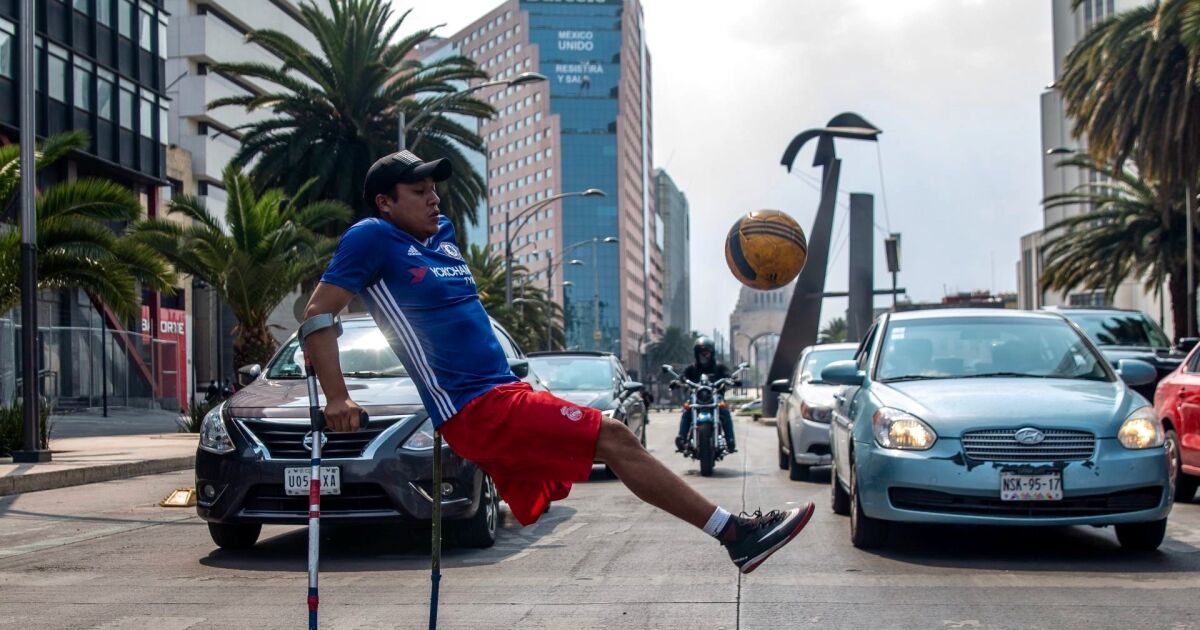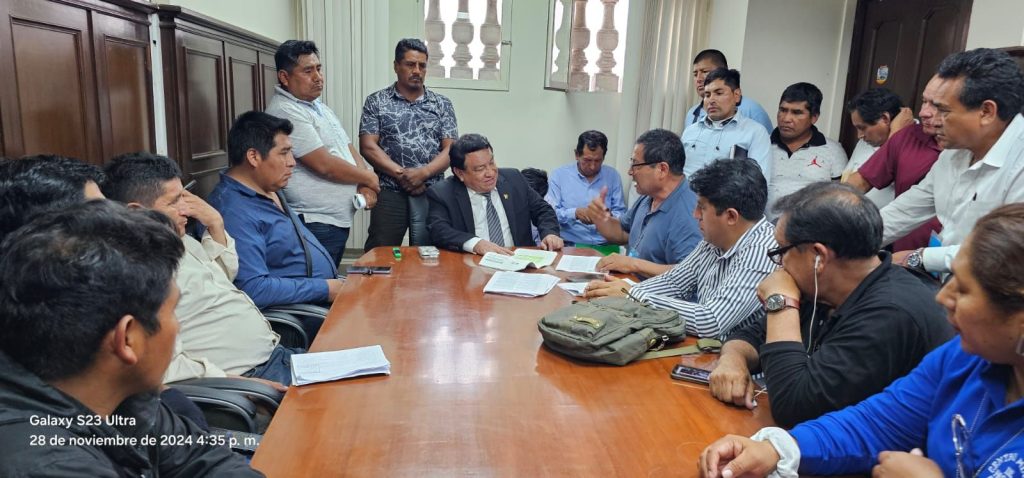The Pan American Health Organization (PAHO) points out that about 15% of the world’s population lives with some type of disability, with women and older people more likely to have a disabling situation.
This statement meets the Mexican case, since 53.5% of people with disabilities are women, compared to 46.5% of men, and older adults (60 years and older) represent 50% of the cases.
The states with the highest concentration of people with disabilities are Zacatecas (11.2%), Tabasco (10.1%) and Durango (9.9%). Mexico City also has a high percentage, with 8.3%.
In contrast, Coahuila de Zaragoza (5.2%), Chiapas (5.9%) and the State of Mexico (6.1%) are the entities with the lowest concentration.
According to the National Demographic Dynamics Survey (ENADID) 2023 of Inegi, the most frequent cases of disability are those related to vision, even with glasses (45.8% total; 42.7% in men; 48.5% in women), followed walking, going up or down stairs using their legs (40.3% total; 36.7% in men; 43.3% in women).
However, the rest of the situations involve motor skills (moving or using arms, hands; bathing, dressing or eating), sensoriality (seeing, hearing), speaking or having great difficulty or not being able to carry out activities due to emotional or mental problems.
The Inegi details that the origin of the difficulty is related to illness (43.9%) and advanced age (27.2%). In a lower percentage, they are associated by work (0.9%) and by violence (0.6%).
Health and education
The majority of people with disabilities have an affiliation with social security institutions, followed by social programs. However, compared to people without disabilities, they have a similar percentage of access, it is even lower.
Regarding education, 46 out of every 100 people aged 5 to 29 with disabilities attended school, 14 people less than people without disabilities. Between men and women there are few margins of difference in percentage of access to education, with 45.9% and 46.7% respectively.
However, 14.9% of people aged 15 years and older with disabilities had no schooling. And the predominant educational level in both sexes is incomplete primary school, with 20.3% in women and 20.1% in men.
In upper secondary and higher education, the percentage of people with disabilities is almost half that of people without disabilities, a considerable gap for professionalization and specialization.














